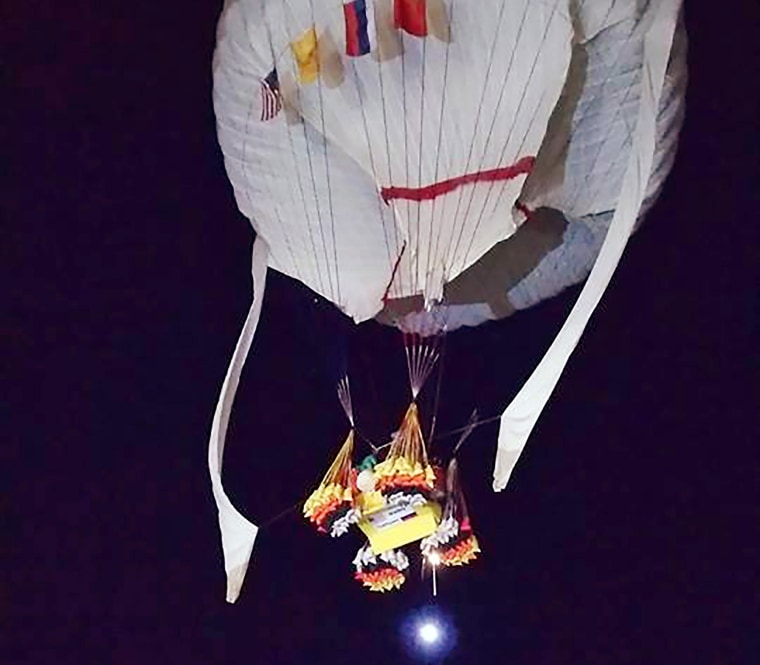A pair of American and Russian pilots has traveled farther and longer in a gas balloon than anyone in history, trying to eliminate any remaining debate over a century of records in long-distance ballooning.
The Two Eagles pilots surpassed the distance and duration records that have held since the 1970s and 1980s, and were aiming Friday for a safe landing somewhere on a beach in Mexico's Baja California peninsula.
Troy Bradley of Albuquerque and Leonid Tiukhtyaev of Russia lifted off from Japan Sunday morning, and by Friday, they beat what's considered the "holy grail" of ballooning achievements, the 137-hour duration record set in 1978 by the Double Eagle crew of Ben Abruzzo, Maxie Anderson and Larry Newman in the first balloon flight across the Atlantic.
By Friday afternoon, the Two Eagles team had been in the air more than 143 hours and was smashing the distance record, having traveled more than 6,000 miles across the Pacific Ocean. "The technology has improved so much in the last couple of years. I don't think there's going to be any question about the records," said Katie Griggs, a regional director with the nonprofit Balloon Federation of America.
The official distance and time of the Two Eagles flight must be confirmed by the Federation Aeronautique Internationale, which requires staying aloft 1 percent longer and farther than the previous record.
Their first target was the official distance record of 5,209 miles set by the Double Eagle V team during the first trans-Pacific flight in 1981. They surpassed that on Thursday. On final approach to a beach in Baja California in Mexico, the pilots plan a final "splash and dash" for the cameras, skimming the surface of the ocean before rising to set down on some dunes. Once they reach the sand, they will have traveled more than 6,800 miles.
